by Rosemary Phillis
For as long as I can remember Tom Gillespie has been a member of the congregation at St Paul’s Church of England at Riverstone, now known as Life Anglican Church. Tom has been a church warden for years, but it is only now I have come to learn about his day time job as a dairy farmer. It is a role that is fast disappearing with the expanding development. Tom told me that there used to be 48 dairies from Richmond to Penrith along the Castlereagh Road and surrounds. Now there is only one, the dairy that he runs. I interviewed Tom at the dairy on 13 July 2018, in amongst him feeding and organising the cows for milking.
Coming to Australia
I came to Australia from County Tyrone in Ireland in 1961, along with one of my brothers. Another one of our brothers was already living here. We sailed on the ship the Fairsky. I was eighteen at the time.
In those days people coming from Ireland were met at the wharf in Sydney by members of the Irish community. Back then they had a big Irish Club in Sydney. They came to meet you to make sure that you had a place to go to.
We were met by Austin Cathers and Reverend TC Hammond an evangelical preacher who was brought out to Australia by Archbishop Mowll to help with work on a revival of the Anglican Church.
There was a recession in 1961 and it was hard to get work. Mr Cathers managed Buchanan’s Feed Centre at Granville. They had a person away sick with hepatitis and he offered me a position filling in for that person for six weeks, but I ended up being there for several years.
After working with Mr Cathers for a few weeks he came to me and asked what my father’s name was. I told him and it turned out that he had gone to school with my Dad.
Before emigrating, Mr Cathers had been a person of influence in Ireland where he had a lot to do with Parliament after Ireland had split into the various counties. His influence continued even while though he was living in Australia. His daughter Elizabeth would be able to tell you more of his story.
Mr Cathers purchased a house out on the corner of Carnarvon Road and Neville Road and around 1964 my brother and I moved in.
Mr Cathers and his family had a strong influence on me and it was through them that I became a Christian and joined the community at St Pauls Church of England at Riverstone.
Dairy Farming
In Ireland I worked on the land and milked cows for someone else. I started in the dairy industry in Australia working for Stocks and Holdings out at the Red Gables dairy out on Boundary Road.
I met Kay Higgins and in 1967 we married at St Pauls. I decided to have a go at running a dairy of my own. We started out on a property next to the Army Base at Wallgrove, leasing the land and we stayed there until the land was sold to become a tip.
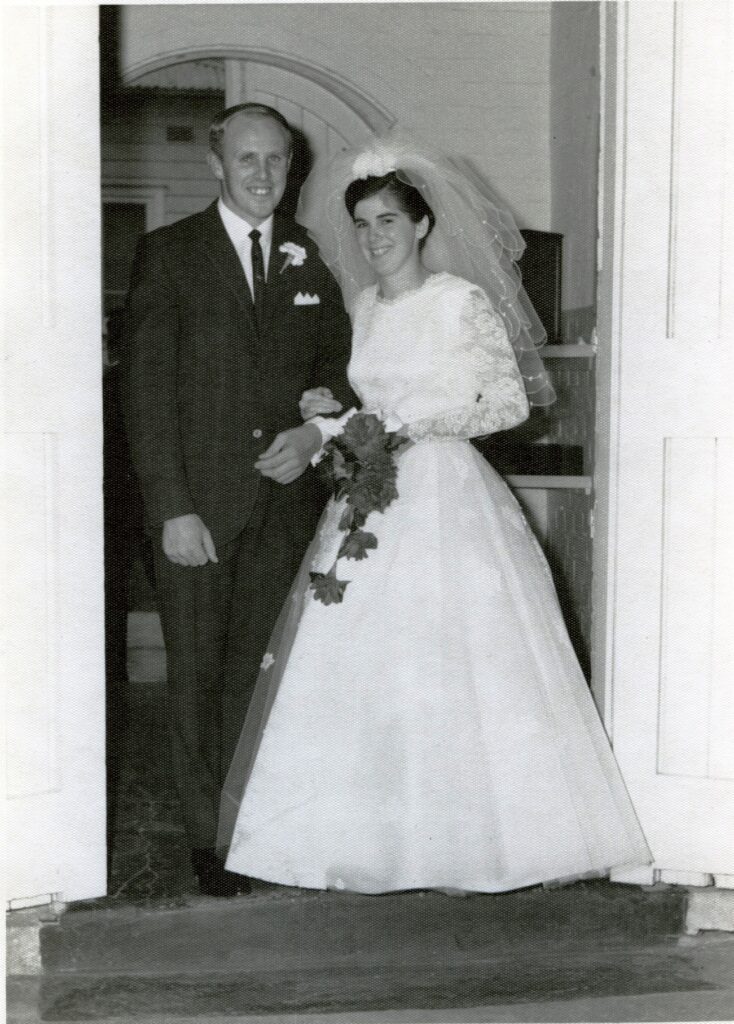
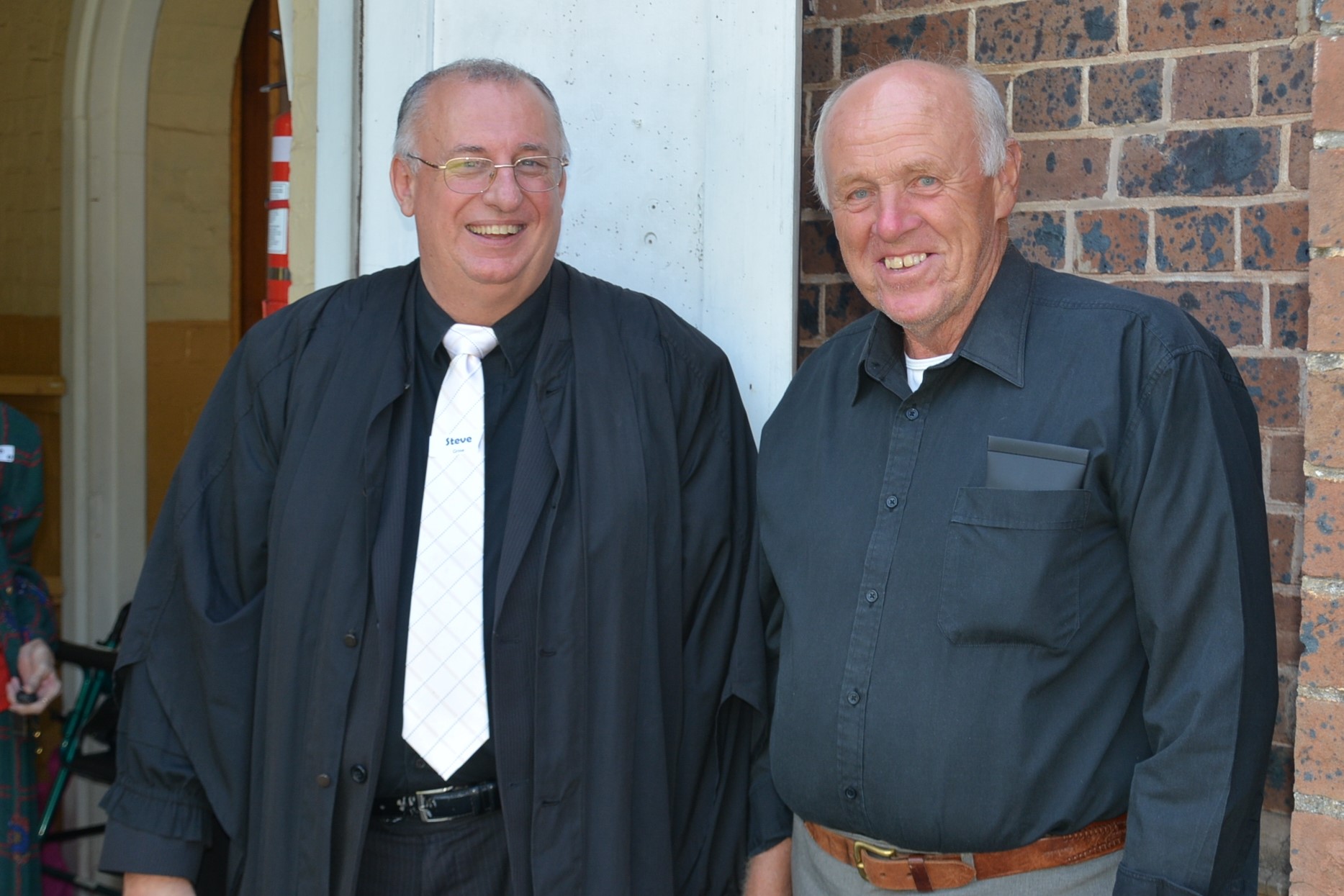
Photo: Rosemary Phillis
Our daughters, Joanne and Patricia were born while we were at Wallgrove. They were young when Kay’s Dad passed away unexpectedly. Kay was to go away with her mother for a period of time, so my Mum and Dad came out to help look after the children.
I didn’t know much about my family back in Ireland, having left home to work when I was only young. I knew that one uncle worked on building the Titanic. I hadn’t known a lot about my father, only that he had a hard life, but I learnt more when they came to stay with us. One of the sad things I was to find that was in the war, his first week in battle his brother was shot and died in his arms. It must have been so hard.
After Wallgrove we moved to Schofields and leased the dairy that used to be on the creek side of Bridge Street, just over the Westminster Street Bridge. The land is now covered in houses.
The Dairy at Mulgrave
In the early 1990s we started leasing the present property in Mulgrave Road at Mulgrave. The diary had been built when Alex Bowden purchased the property in 1961. It is interesting to note that Alex was a lecturer at Sydney University and a clever man, I believe that they still use his text books to this day. He was also involved in recycling in the early days.
I love being out here. You can look around and see the mountains, the cars and trains go by in the distance, but there is a peace that you can’t find anywhere else.
A Typical Day
Over the years I have had various employees. We have scaled back from large volume production. These days I have one employee, Ryan Bannano, who has worked for us for around 13-14 years.
We milk around 100 cows. A typical day starts around seven in the morning. The automatic equipment makes it easier to milk the cows, so we don’t have to start as early each day.
We have to put out feed for the cows into large troughs using a front end loader and then round up the cows from wherever they are on the property. Once at the dairy the cows come in for milking. We have the space and equipment to milk six cows at a time. While they are being milked the cows eat a special mixture of food that we make up for them.
The process is partially automated, but we still have to put the milking equipment onto the cows, but when they have finished they automatically drop off. It takes about 2 hours to milk all of the cows.
The cows are milked twice a day and we get 2000 litres per day from the herd. The milk is refrigerated, collected daily and taken by tanker to Lion Nathan over at Penrith.
As well as the dairy cows, we have other cattle on the property. We have Friesians and Scandinavian Aussie Red cows, which we are now crossing with the Friesians. Breeding is via three bulls in the herd. The heifers and kept for the milking herd and the bull calves are reared to a certain stage and then sold.
Times are tough at the moment due to the drought and things are also changing in the industry. There used to be 48 dairy farms from Richmond along the Castlereagh to Penrith. The others are all gone we are the last still operating.
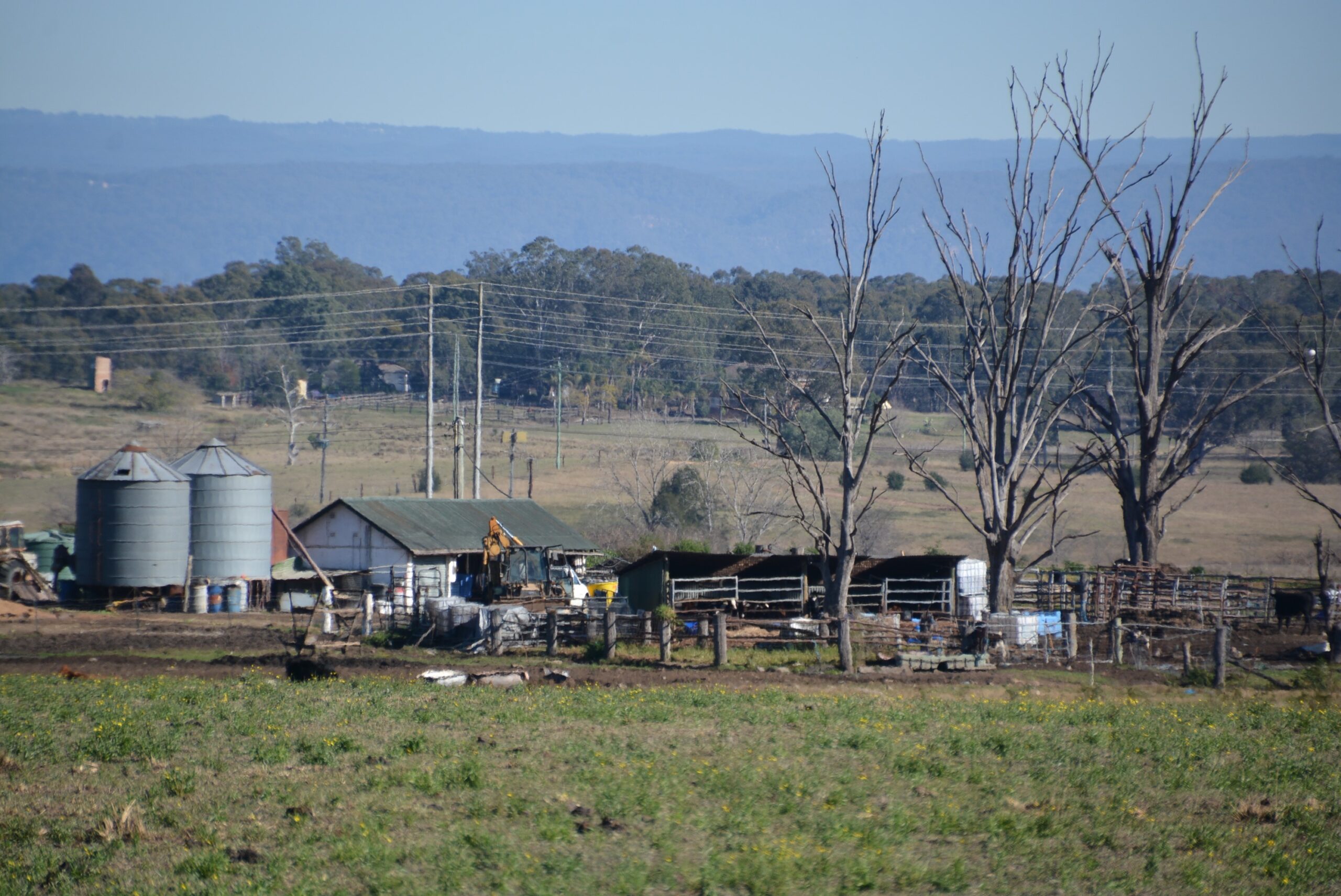
Photo: Rosemary Phillis
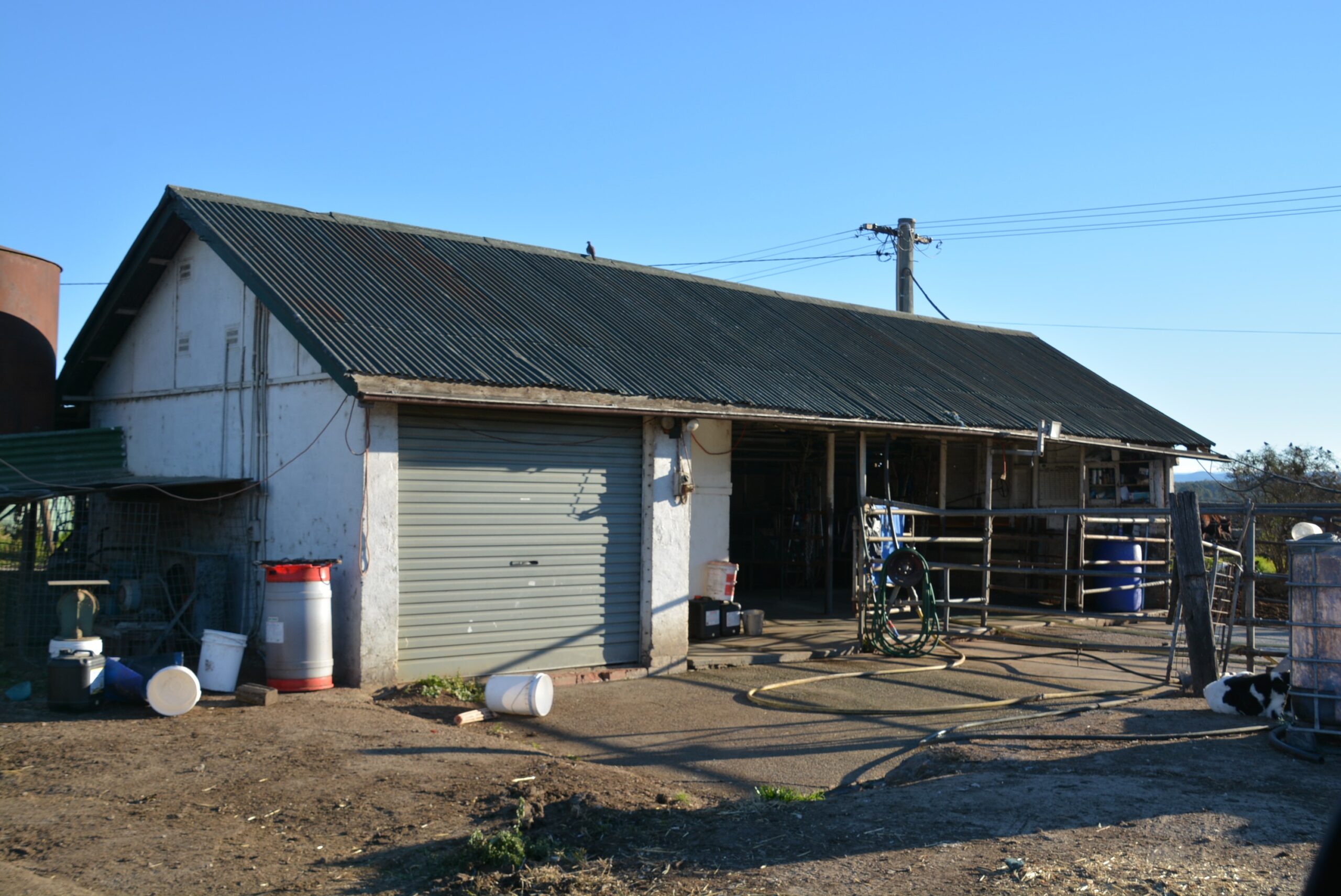
Photo: Rosemary Phillis
The Impact of the Present Day Drought
The severe drought conditions in New South Wales have led to a shortage of food throughout the state which has impacted on us too. The past six months have been terrible. Feed is harder to find and has to be transported in from greater distances which increased the cost. Some of the old timers say it is the worst that they have seen things.
The cows need to consume 3-4% of their bodyweight per day. That is a large amount when you are looking at a 600kg cow. They get fed out in the paddock and we also mix up a batch of grain which they eat while they are being milked. They go through a lot of food!
Normally at this time in the year there would be a bumper corn crop and we would get one to two loads a day of the left overs such as the corn husks. Now we would be lucky to get that per week. We are now feeding the cows on brewers waste which we move out to the feed troughs using a front end loader.
The Herd
In addition to the well known black and white Friesian cows, we also have a breed which is more commonly known as Scandinavian Aussie Reds.
As well as the dairy cows that are in milking we have calves and the bulls that are used to sire the next generation. We raise and build up the small bull calves and then sell them. For the non dairy animals we use green grocer waste vegetables.
Floods
Being on the floodplain we have been impacted by floodwaters during flood times but it has never stopped us from being able to run the dairy and get the milk to market. I was told that in the 1961 flood that the water came up to the front gate of the property and that the cows had to be kept on the higher ground.
The Future
With conditions as difficult as they are I am not sure how much longer we will be able to keep the dairy in operation. It isn’t worth rebuilding and upgrading the dairy, but for the moment we will keep going and see what comes.
Postscript
Due to a number of factors, including the difficulty in sourcing affordable feed for the cows, the dairy closed at the end of October 2018.
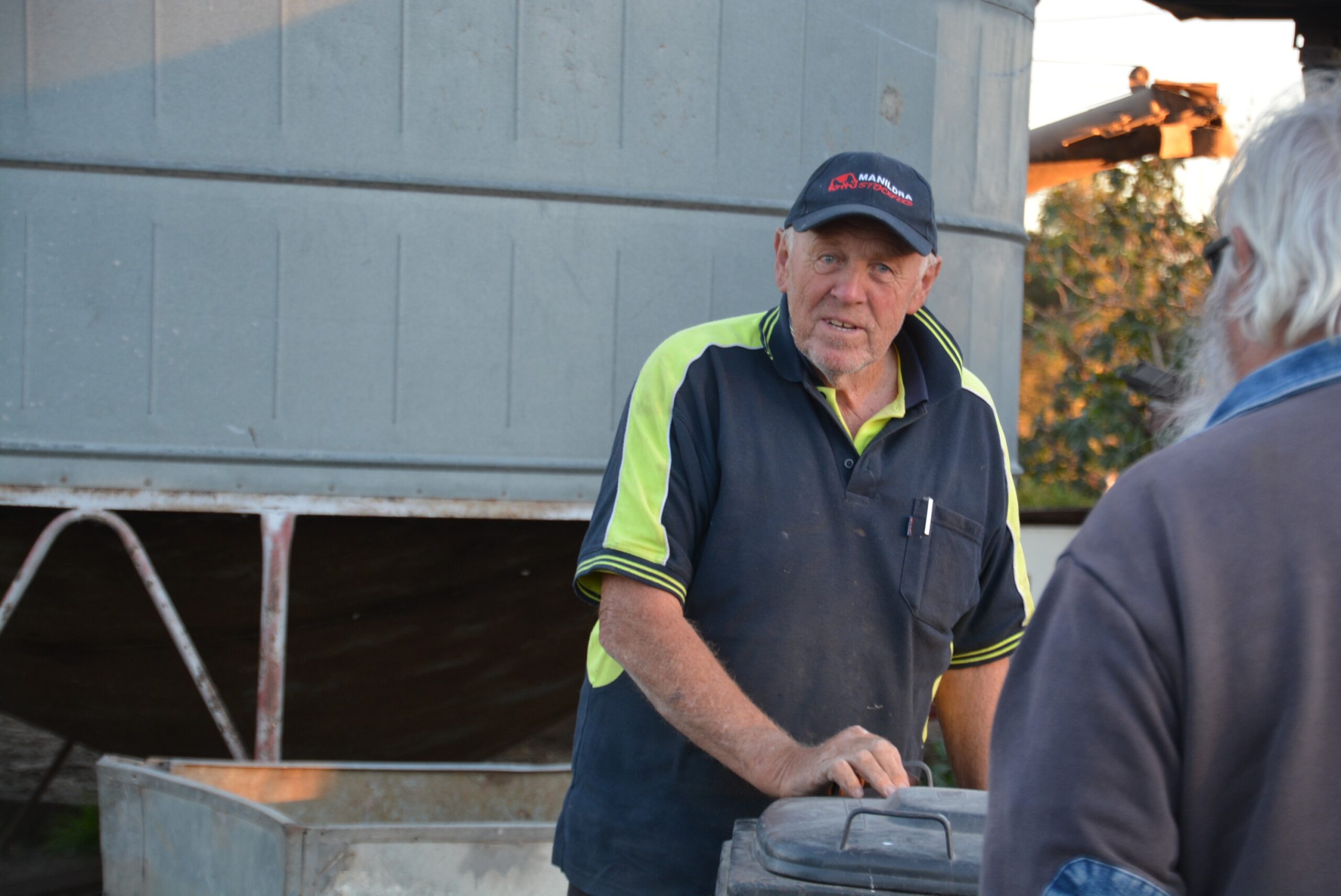
Photo: Rosemary Phillis
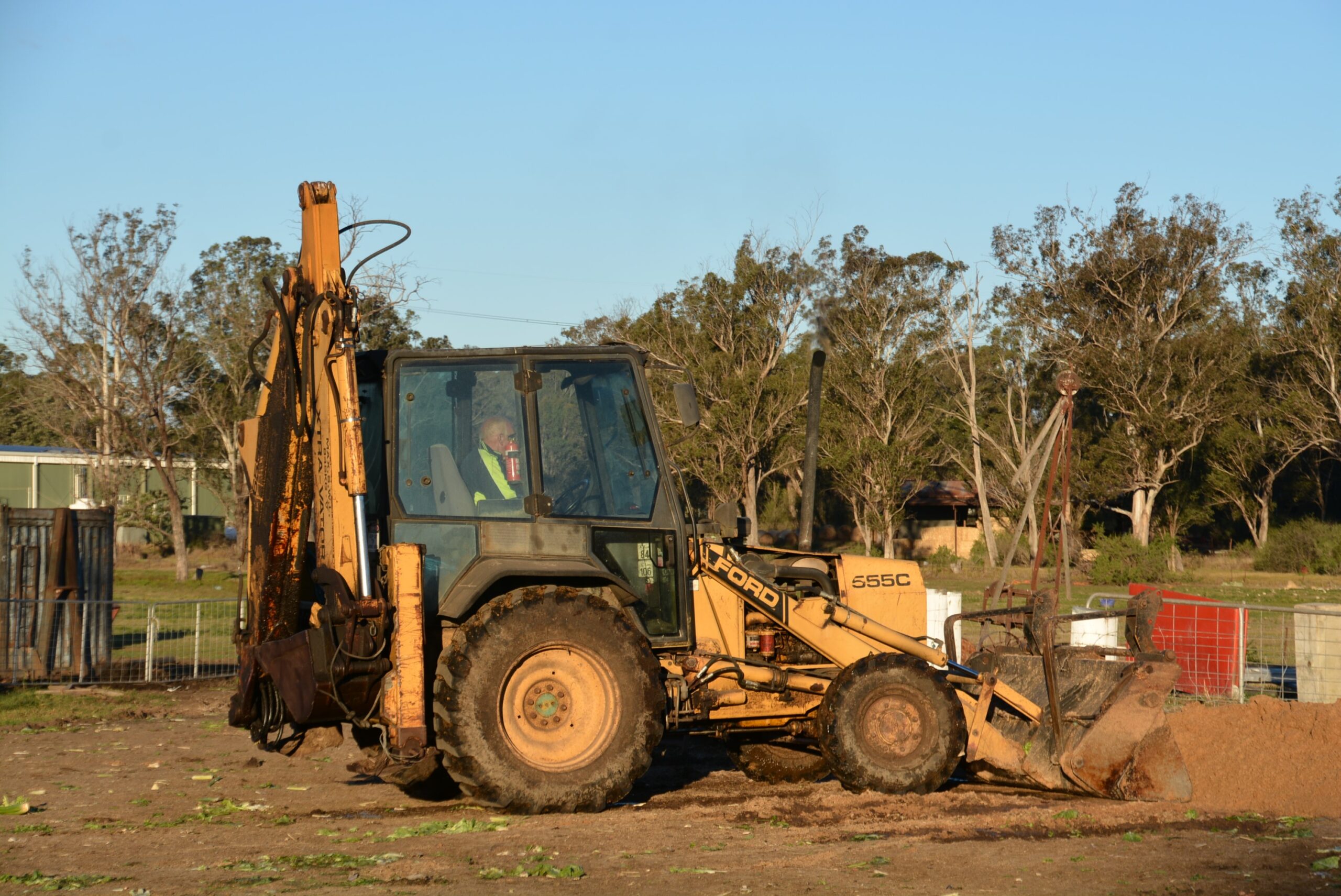
Photos: Rosemary Phillis
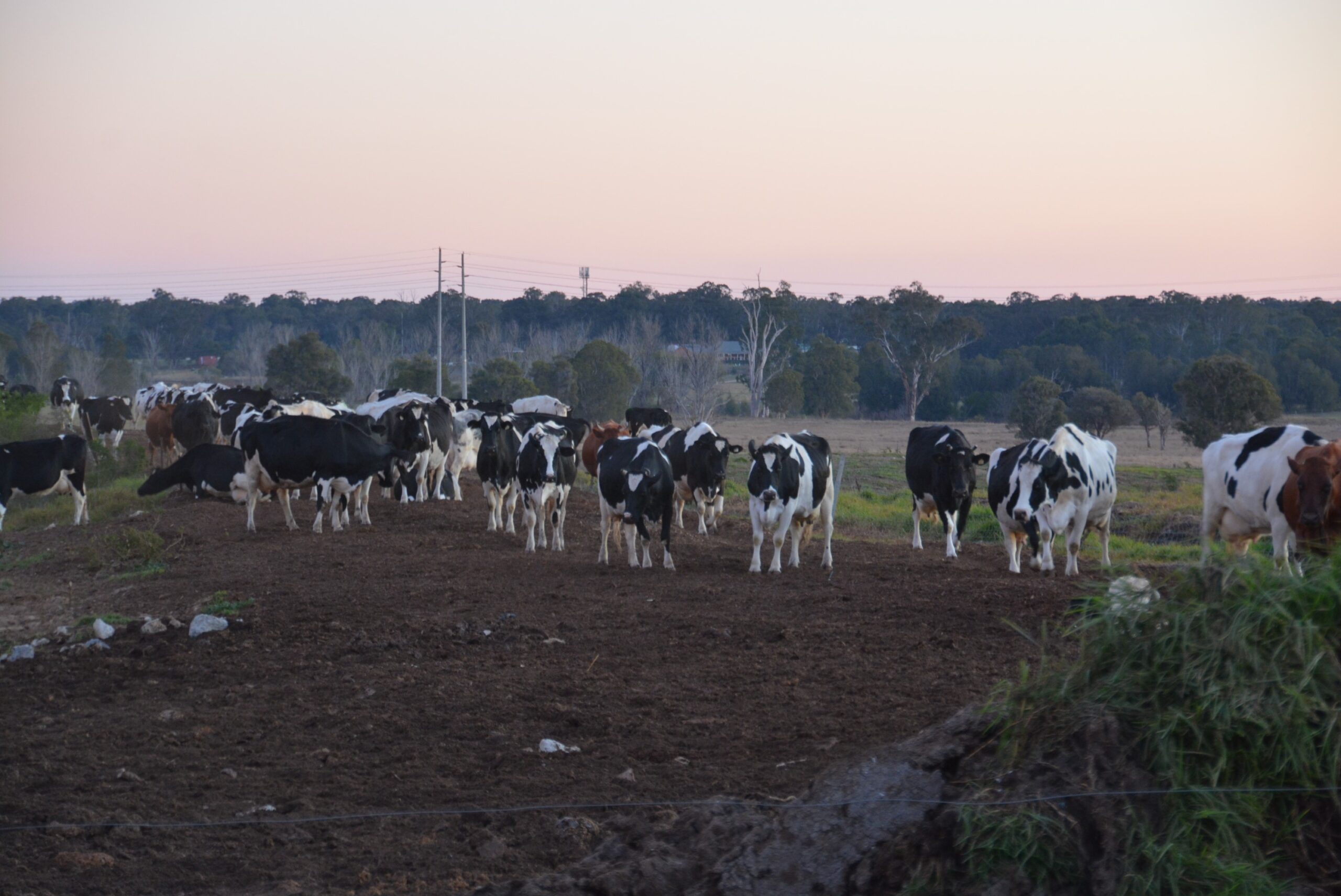
Photo: Rosemary Phillis
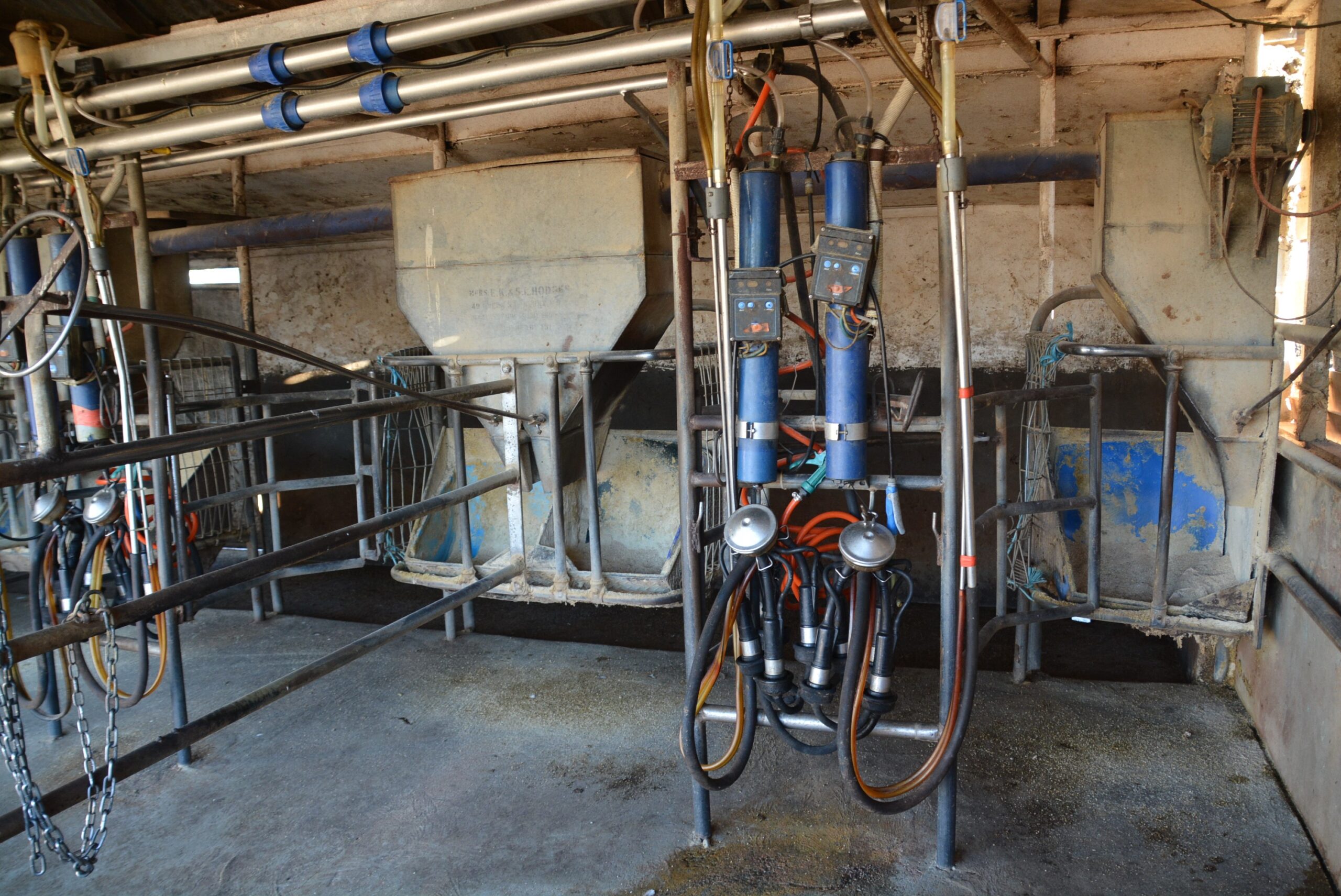
Photo: Rosemary Phillis
